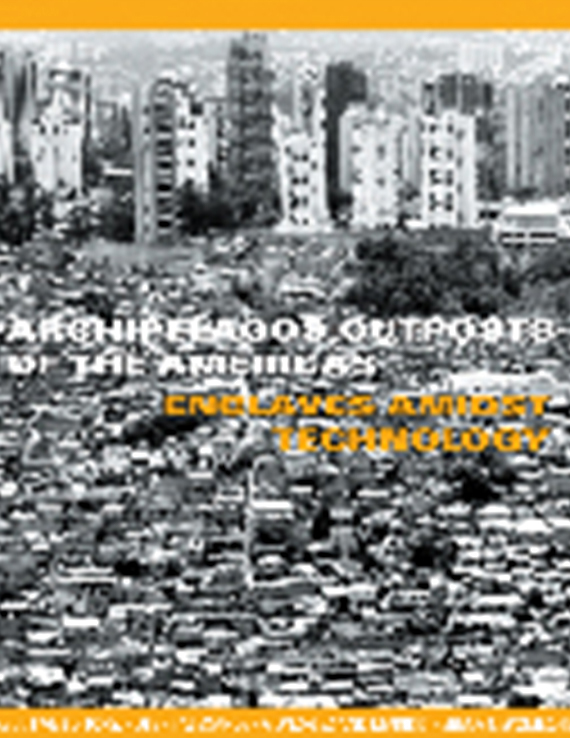Author(s): Hicks, Keith Mitnick & Mireille Rodder Stewart
Representation & FormBooks have the power to transform the way we see things both intellectually and perceptually, and written descriptions of events and places can sometimes be even more powerful and evocative than the actual things they portray. In a similar way, our experience of the built environment is as much the result of a collection of stories and interpretations as it is the consequence of direct visual experience. For this reason, the allusion to books as an emblem of reflection, learning and a repository for memory seems especially appropriate for a center for Jewish Studies. The symbolic idea for this project comes from the image of a varied collection of books arranged haphazardly upon one another in a series of offset rows and striations. The figure of the stacking rows of books, and the voids between them, suggest different references to the history and diversity of the Jewish Community. Like any collection of individuals, the bookshelf is configured by a diverse assortment of ages, colors, sizes and varying degrees of wear and tear. Rather than making a building that monumentalizes a single resolute whole, I chose to explore a form that would engender disparity and difference within a spatially rich structure. The form for the institute has been conceived as a collection of irregular volumes inserted across a stack of horizontal layers. Windows, apertures and sectional overlays result from the arrangement of dissimilar spatial forms organized within a regularized frame. The figural primacy of the three main volumes, or voided inserts, remain in flux relative to the position of the viewer, causing perception to shift as one moves throughout the building. As an alternative to dividing program into isolated and hermetic units, the form of the building is such that programmatic territories remain somewhat unresolved and supportive of unexpected intersections of people. Drifting TerritoriesJewish culture reflects a relatively placeless sensibility that exists in contrast to other cultures whose identity tends to be more geographically bound. The Jewish tradition appears in relation to these other cultures and locations, yet tends to remain somewhat independent of the extraneous patterns of life in which it appears. This characteristic of existing in relation to, but independent of local culture unifies the Jewish tradition across the varied contexts in which it appears. It passes in and out of these other cultural patterns and geographies exchanging traces of its intersection, but remaining separate none the less.In order to bring some aspect of this reading to the project, I became interested in the idea of the derive, or the drifting of one set of activities across the spatial boundaries of another. As the arrangement of program transgresses the grain of the more normative physical structure, a pattern of relationship between form and program is produced that is neither deviant nor overly conforming. The registration of activity is never quite aligned with any fixed notion of spatial or programmatic autonomy: instead different constellations of space and activity collide, intersect and drift across one another.
Volume Editors
Marilys R. Nepomechie & Robert Gonzalez
ISBN
0-935502-54-8

 Study Architecture
Study Architecture  ProPEL
ProPEL 
